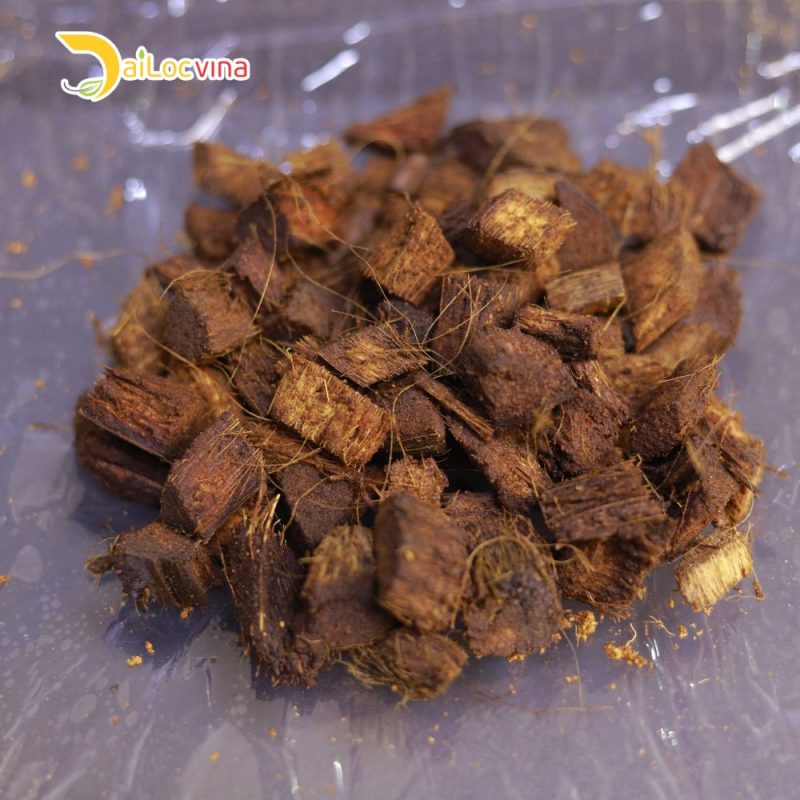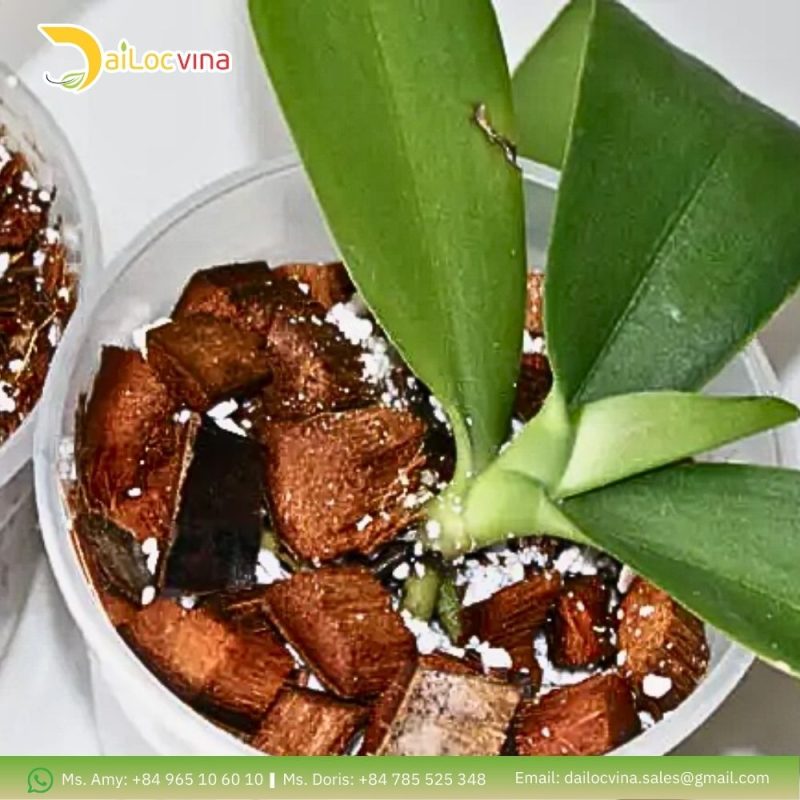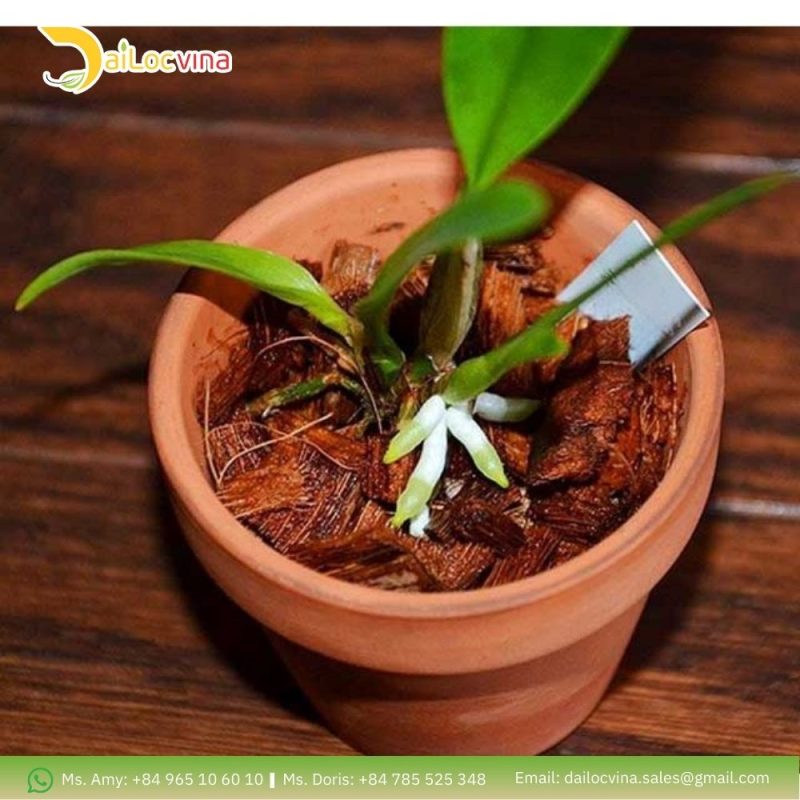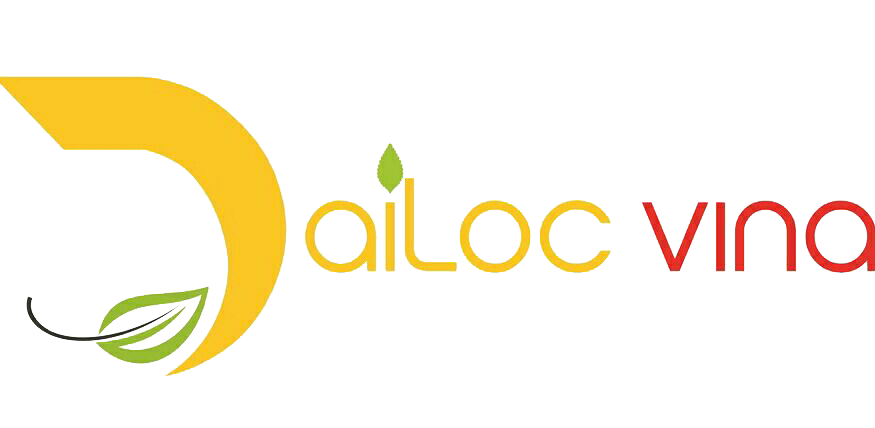News
COCO CHIPS THE USE IN PLANTING
Coco chips are manufactured by chopping coconut husks into small, homogeneous pieces. They offer excellent moisture retention and aeration qualities, making them a viable and ecologically friendly alternative to standard growth mediums. Coco chips are also widely utilized as a soil additive in gardening and landscaping.

The components of coco chips may differ somewhat based on the product and manufacturer. Coco chips often comprise the following:
- Lignin: Lignin is a natural polymer found in the woody fibers of coconut husk. It offers structural support and contributes to better aeration of the growth medium.
- Cellulose: This is another natural polymer found in coconut husk that adds structure to the growth medium.
- Hemicellulose is a carbohydrate present in plant cell walls. It helps to retain water in the growth medium.
- Lignin-Carbohydrate Combination: This combination of lignin and hemicellulose improves the overall structure of the growth medium.
- Potassium: This nutrient is present in quite high concentrations in coco coir. It helps with regulating plant water balance and overall growth.

As a result, before usage, coco coir must be treated to lower its potassium concentration and avoid harming plants. The appropriate quantity of potassium in processed coco coir promotes healthy plant development and improves fruiting potential.
ADVANTAGES OF COCO CHIPS FOR PLANTING

Eco-Friendly: Coco chips are manufactured from renewable resources and are not harmful to the environment. They are also biodegradable and compostable, and they may be used as a soil addition after usage, making them an eco-friendly option for gardeners.
Low maintenance solution: Coco chips do not dry out or clump because of their great water retention capabilities, minimizing the amount of maintenance required for the growth medium. Growers no longer need to fertilize or use pesticides on a regular basis, making farming more convenient.
Excellent water retention properties: Coco chips have exceptional water retention qualities, allowing them to store water for an extended length of time. This reduces the frequency of water irrigation, allowing roots to have longer access to water, creating optimal circumstances for plant development.
Efficient drainage system: Coco chips offer exceptional water retention and drainage qualities. This means it allows water to drain quickly while still providing adequate water for plants. Planting with coco chips can help prevent waterlogging and root rot in plants, creating optimal conditions for plant development.
Maintains neutral pH levels: They have a neutral pH and can keep that pH for an extended amount of time. As a result, gardeners who use them no longer have to worry about the growth medium changing the pH.
Lightweight and easy to handle: Processed coco chips are moisture-reduced, making them highly lightweight and appropriate for hydroponic growing. Additionally, their lightweight nature makes them easy to handle and transport.
BEST USES OF COCO CHIPS IN GARDENING
Growing medium: Coco chips are ideal for hydroponic growing, pot planting, and potting mixtures. They, with their superb properties, will help plants develop robust and healthy.

Surface cover layer: They work exceptionally well as a surface cover layer for plants. Because of its high water absorption capacity, it will constantly keep the growth medium surface wet and never dry. Its structure also promotes optimum air circulation, providing additional opportunities for airflow to reach the roots.

HOW TO USE COCO CHIPS FOR OPTIMAL PLANT GROWTH
To optimize plant development while using coco chips for planting, follow these steps:
Prepare coco chips for use: Select a high-quality and dependable supplier of them for planting. To get a desired moisture level, they must be soaked in water prior to use. They can be used with other growth media, such as coco peat or soil. Mixing coco chips with coco peat improves its water drainage and aeration capabilities, while mixing it with coco peat increases its water holding capacity, although this is not suggested because it is not ecologically friendly.
Supplement nutrients: While they contain some nutrients, they may require extra fertilizers to encourage plant development. Consider using slow-release or water-soluble fertilizers with them. Begin planting by placing them in a container or pot and then transplanting the seedings into either. Water the plants as needed, but keep in mind that coco chips store moisture for extended periods of time, so avoid overwatering.
If you have inquiry, please contact our team sales:
Mr Ryan (Vietnam): +84 938244404 (Kakaotalk, Wechat, Whatsapp)
Ms. Doris (English): +84 785525348 (WhatsApp/ Wechat)
Ms. Amy (English) :+84 965106010 (WhatsApp/Wechat/Kakao)
Ms.Lan ( 한국 영업 담당자 ): +84 969273598 | Kakaotalk ID: hoailan98
阮秀钗 (中文): +84 933320776 微信ID:TuTram1008
阮祥薇(中文):+84397317401 微信ID:Nttv0608
Website: https://cocohitech.com/ (English)
Website: https://kr.cocohitech.com/ (Korea)
Website: https://cocohitech.jp/ (Japan )
Youtube: https://www.youtube.com/watch?v=zX5ZM0szC6k
